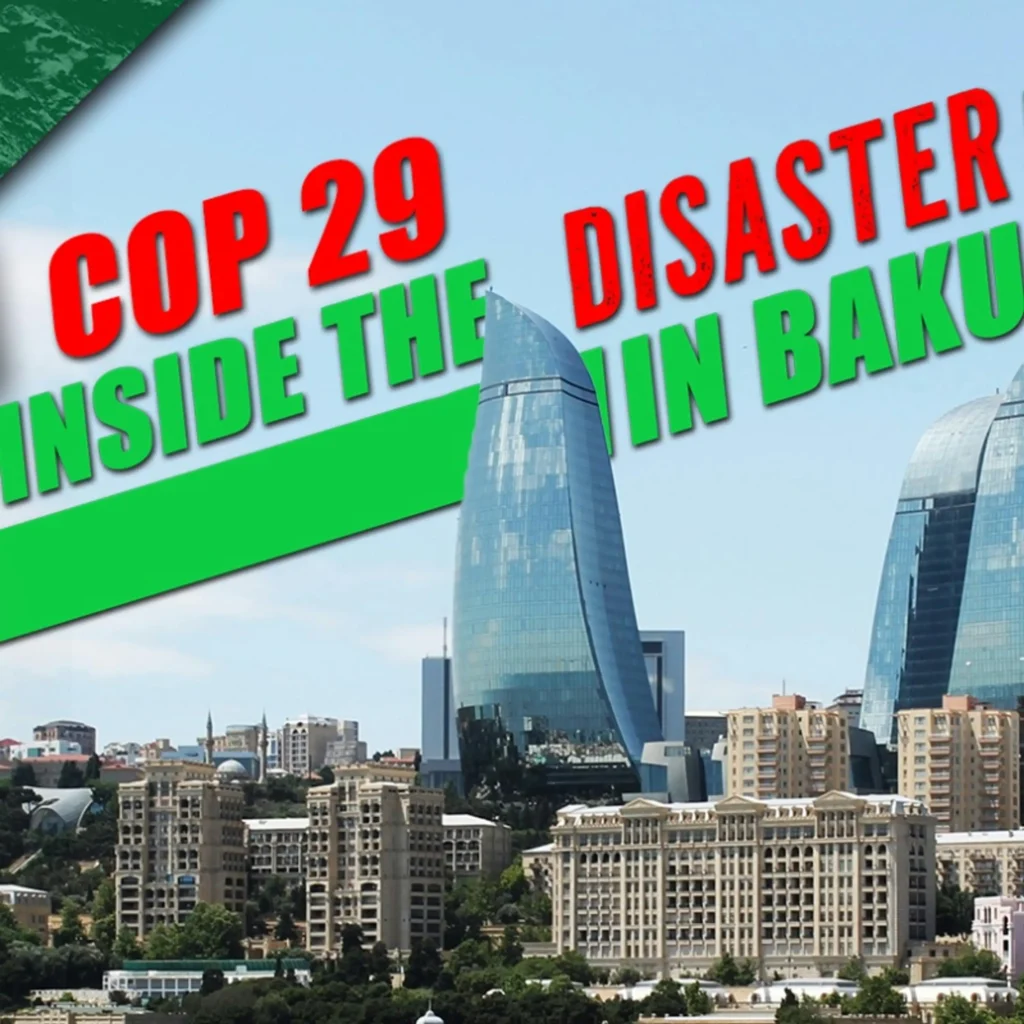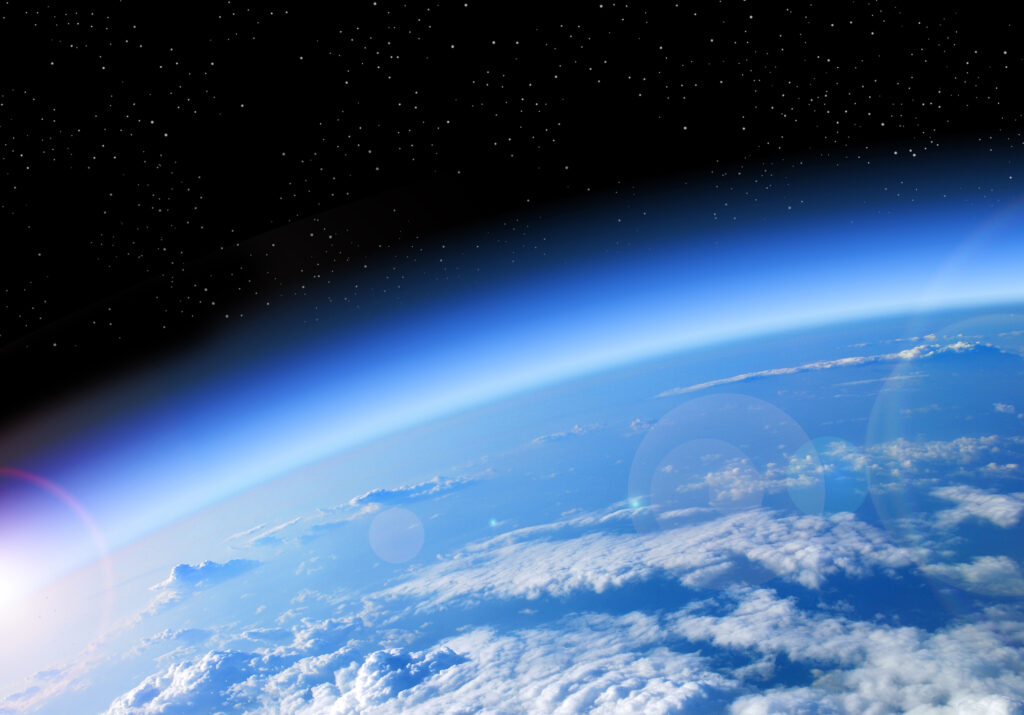[NOTE: An earlier version of the executive summary of this Policy Brief contained errors of timing and activity by the Idaho House and governor. It has been corrected in this version.]
Executive Summary
During an Idaho House Environment, Energy, and Technology Committee hearing in March 2019, legislators proposed creating an interim legislative committee “to study the effects of climate variability on Idaho’s state agencies that are responsible for resource management” and to make appropriate recommendations to address climate issues. That proposal, though unsuccessful, was spurred by comments made by Idaho Gov. Brad Little two months earlier suggesting that climate change “is real” and “a big deal.”
This paper provides Idaho-specific climate information to help inform lawmakers so that they can craft the best possible climate-related policies on behalf of the people of Idaho. The paper will provide information on the following topics:
1. A Summary of Global Climate Change
During the past three million years, climate has alternated between ice age glacial periods and warmer interglacial periods. The modest warming of the past century has lifted temperatures from the depths of the coldest period of the past 10,000 years, known as the Little Ice Age. Temperatures remain relatively low compared to the temperatures experienced prior to the Little Ice Age. Higher temperatures have been mostly beneficial to human wellbeing. They have spurred higher crop yields and reduced the prevalence of cold temperatures, which kill 20 times more people than moderate or high temperatures.
2. Climate Change in the United States
Warming in the United States has been modest, especially since the turn of the twenty-first century. Government officials have “adjusted” older temperature data, which has made the past appear colder than it actually was and has made the rise in global temperature that has occurred over the past century look more dramatic. More reliable data from weather stations not situated in urban heat sinks show relatively low amounts of warming. The National Oceanic and Atmospheric Administration’s (NOAA) newest, most reliable temperature stations, brought online nationally in 2005, show virtually no warming since their inception. Objective data also show extreme weather events are generally not becoming more frequent or severe.
3. Climate Change in Idaho
Weather and climate data show climate change has had a minimal impact on Idaho. Idaho temperatures have warmed only modestly during recent decades. Complementing this modest warming, Idaho is experiencing a long-term gradual increase in precipitation, alleviating any fears of a long-term increase in drought. Further, what little warming has occurred has largely been beneficial for Idaho, as it has throughout much of the world. Idaho crop production sets new records almost every year, due in significant part to longer growing seasons, fewer frost events, and more atmospheric carbon dioxide (CO2).
4. Idaho Energy Use and Impacts
Even if CO2 were associated with catastrophic global warming, Idaho has already dramatically curtailed its CO2 emissions. Idaho ranks in the top 10 states for lowest total emissions and lowest emissions per person. The majority of Idaho electricity is generated by emissions-free hydroelectric power, with nonhydroelectric renewables providing the second highest share of electricity. There are no utility-grid coal power plants in Idaho. As a result, if Idaho were to eliminate all CO2 emissions, the resulting impact on global temperature would be much too small to measure.




